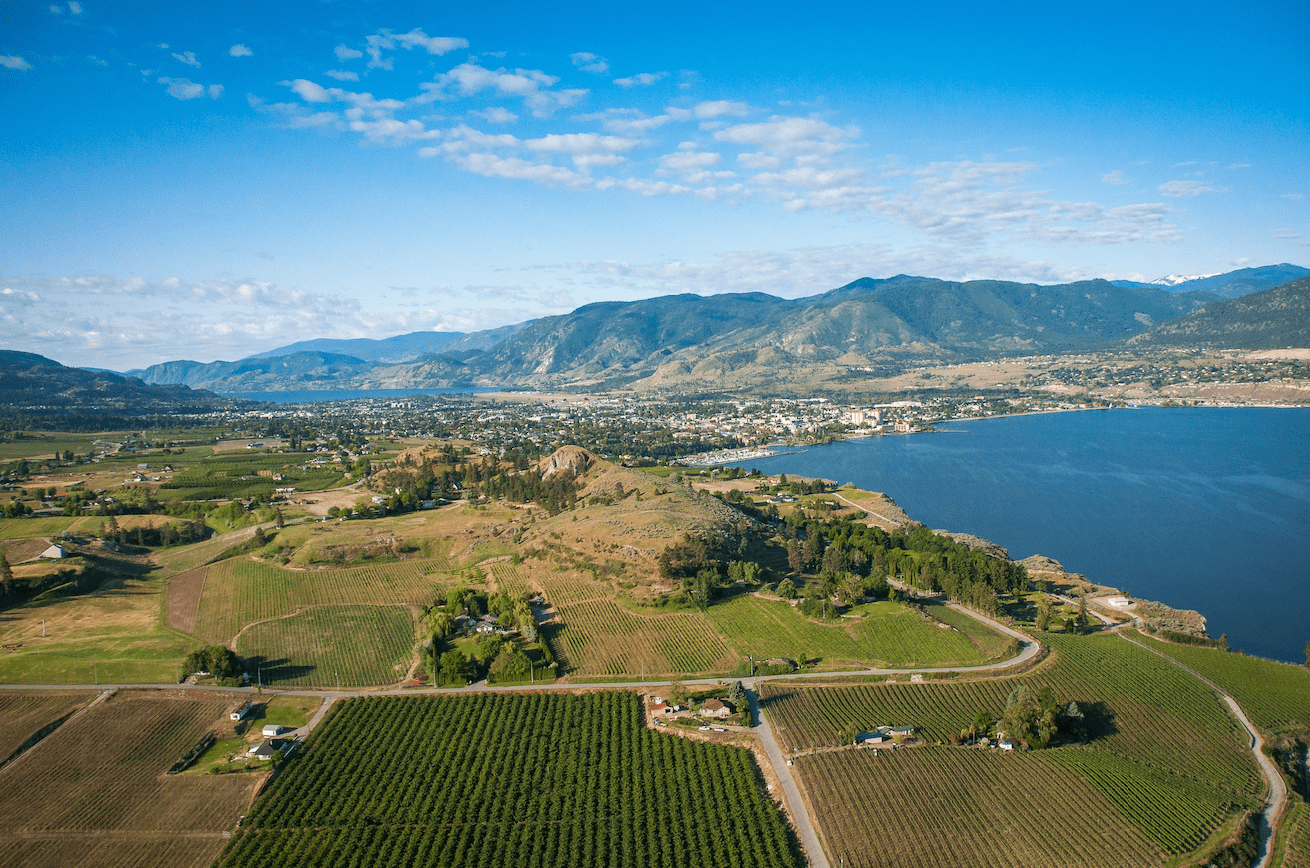CANADA – Tragic accidents, such as the recent rupture of a Nexen oilsands pipeline southeast of Fort McMurray, should not detract from the fact that pipelines are the safest way to transport oil and gas.
Such accidents are unfortunate and regrettable. This recent accident has stoked concerns, particularly from pipeline opponents, about the safety of oil and gas pipelines.
Oil and gas pipelines, however, are a critical piece of Canada’s energy infrastructure, moving more than 2.4 billion barrels of oil and gas in 2013 alone.
A recent Fraser Institute study used data from government sources to determine whether pipelines or rail were safer for transporting oil and gas. The study focused on the number of occurrences or accidents per million barrels of oil and gas transported.
The result was clear. Both rail and pipelines are quite safe, but pipelines are without a doubt the safest way to transport oil and gas.
Fewer incidents:
In every year from 2003 to 2013, pipelines experienced fewer occurrences per million barrels of oil equivalent transported than did rail. Overall in this period, rail experienced 0.227 occurrences per million barrels of oil equivalent transported compared to 0.049 for pipelines.
This means that rail is more than 4.5 times more likely to experience an occurrence.
Additional data on pipeline safety from the national Transportation Safety Board also calls into question the often worst-case scenario rhetoric that surrounds pipeline debates. Consider that 73 per cent of pipeline occurrences result in spills of less than one square metre, and 16 per cent of occurrences result in no spill whatsoever.
The vast majority of pipeline occurrences – more than 80 per cent – also don’t occur in the actual line pipe. Rather, they happen in facilities that are more likely to have secondary containment mechanisms and procedures.
But perhaps the most telling statistic regarding pipeline safety is that 99 per cent of pipeline occurrences from 2003 to 2013 didn’t damage the environment.
Ignoring the facts:
Debates about pipeline expansion often ignore these realities. But make no mistake, transporting oil and gas by rail has been booming in the absence of new pipelines. According to the Energy Information Administration, annual exports of oil by rail to the United States in 2010 amounted to a measly 42,000 barrels of oil.
Fast forward five years to 2014 and that number spiked to 42 million barrels of oil. These numbers will continue to rise if new pipelines are not built.
So while pipelines may attract much of the attention, rail too is not without its share of accidents. A string of events this year led to new regulations, which may provide little additional benefit, seeing as many of the newly required safety measures existed before the Lac-Mégantic tragedy.
In both Canada and the United States, rising oil and natural gas production necessitates the expansion of our transportation capacity. Yet proposed pipelines linger in regulatory limbo, facing stiff opposition and little political support, best exemplified by the premiers national energy strategy, which managed to barely gloss over Canada’s pipeline conundrum.
On the mode of transport, the choice is clear. It should be the safer one – pipelines.
– Kenneth P. Green and Taylor Jackson are co-authors of the Fraser Institute study Safety in the Transportation of Oil and Gas: Pipelines or Rail? Available at www.fraserinstitute.org.
© 2015 Distributed by Troy Media

